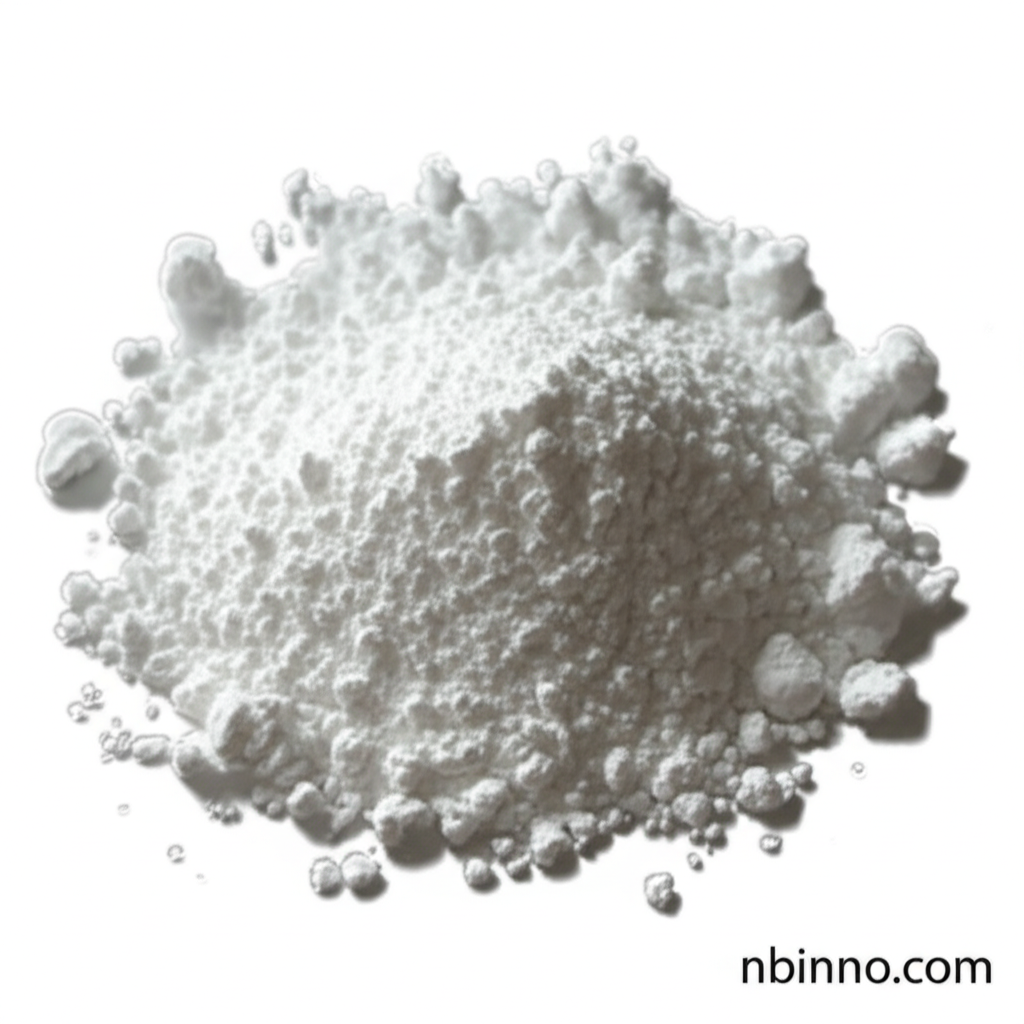6-Cyano-2-naphthol: A Versatile Pharmaceutical Intermediate and Photoacid
Explore the chemical properties, synthesis, and diverse applications of this crucial organic compound.
Get a Quote & SampleProduct Core Value

6-Cyano-2-naphthol
6-Cyano-2-naphthol (CAS 52927-22-7) is a highly versatile organic compound recognized for its critical role as a pharmaceutical intermediate and its unique photoacidic properties. Its application as a key building block in the synthesis of important pharmaceutical agents, such as Nafamostat mesylate, underscores its value in the chemical industry. Beyond pharmaceuticals, its ability to act as a superphotoacid with a significantly lower pKa in its excited state (0.2) compared to its ground state (8.4) opens avenues for advanced materials science applications, including the enhancement of conductivity in polymers like polyaniline.
- Explore the 6-cyano-2-naphthol pharmaceutical intermediate applications, contributing to the development of critical medicines.
- Discover the compound's utility as a superphotoacid, enabling unique photochemical reactions.
- Understand its role as a liquid crystal precursor, vital for modern display technologies.
- Learn about its potential in anticancer research and the development of novel therapeutic agents.
Key Advantages
Versatile Intermediate
Serves as a crucial building block in the synthesis of various pharmaceuticals and fine chemicals, demonstrating broad utility in organic synthesis.
Unique Photoactivity
Its superphotoacidic nature makes it valuable for applications requiring excited-state proton transfer, such as in developing novel photochemistry and advanced materials.
Enhanced Polymer Conductivity
Utilized to improve the electrical properties of conductive polymers like polyaniline, contributing to advancements in electronics and materials science through its role in conductivity enhancement polyaniline.
Key Applications
Pharmaceutical Synthesis
As a vital 6-cyano-2-naphthol pharmaceutical intermediate, it is used in the synthesis of active pharmaceutical ingredients (APIs) and drug candidates.
Materials Science
Its photoacidic properties are leveraged for applications in materials science, including its use as a dopant for enhancing the conductivity of polymers.
Liquid Crystal Technology
Serves as a precursor for synthesizing liquid crystal compounds, which are integral to modern display technologies and optical devices.
Research & Development
A key compound in R&D for exploring novel anticancer and antimicrobial activities, as well as investigating its photophysical behavior in various chemical environments.
